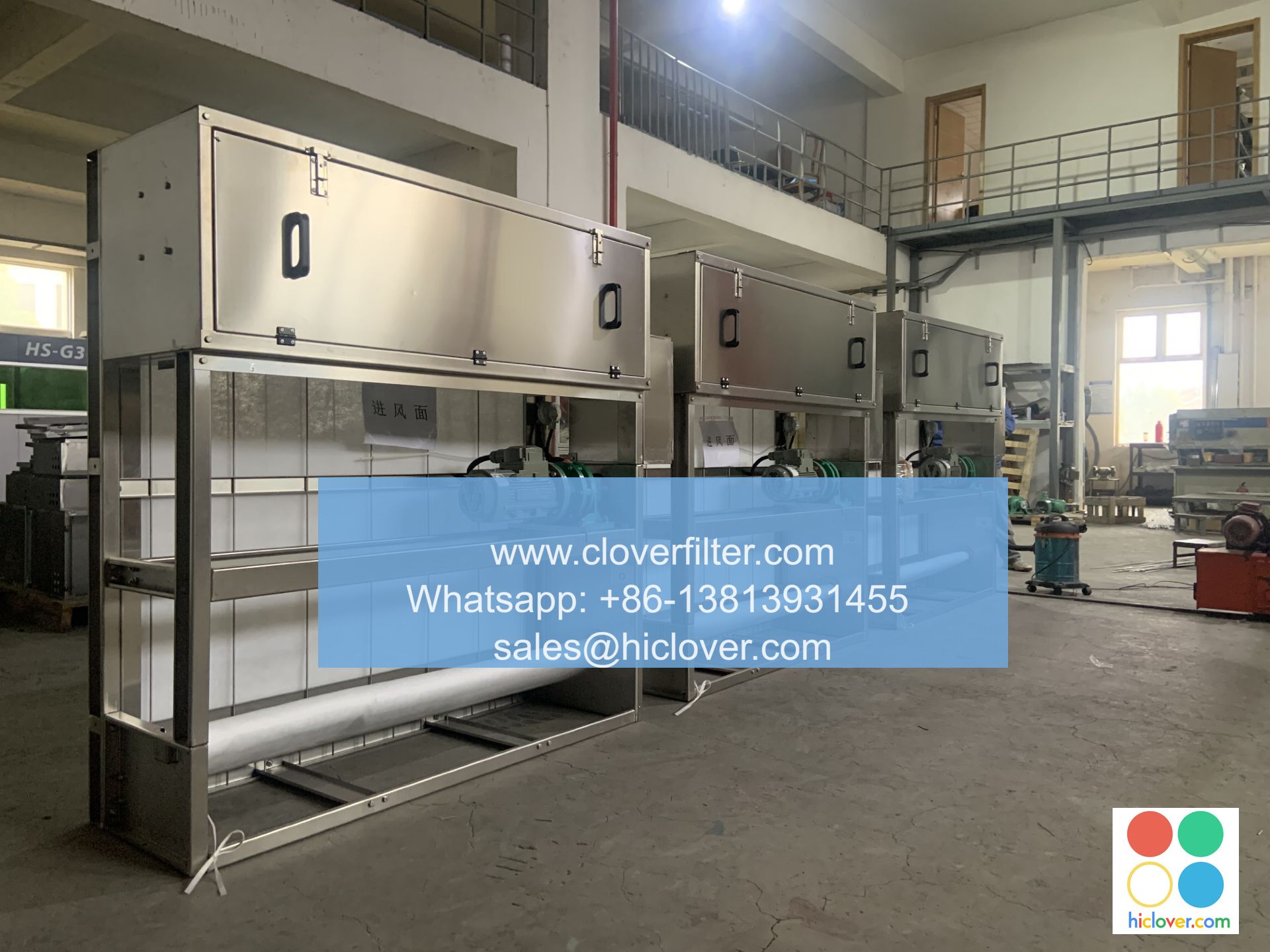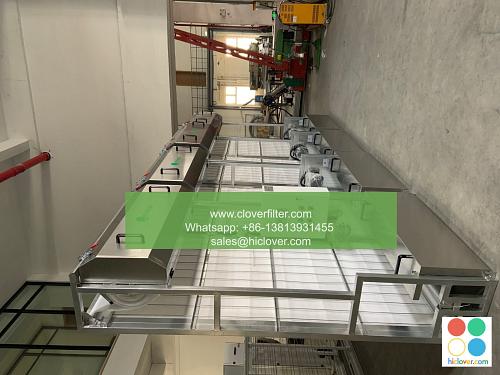Reducing Contamination Risks in Aerospace Component Cleanrooms with Automatic Roll Filters

The aerospace industry is highly sensitive to contamination, and even the slightest presence of particles or pollutants can have catastrophic consequences on the performance and reliability of spacecraft and aircraft components. To mitigate these risks, aerospace manufacturers rely heavily on cleanrooms, which are controlled environments designed to minimize airborne contamination. One of the most effective ways to maintain the cleanliness of these environments is through the use of Automatic Roll Filters (ARFs). In this article, we will explore the role of ARFs in reducing contamination risks in aerospace component cleanrooms and highlight their various application areas.
What are Automatic Roll Filters?
Automatic Roll Filters are advanced air filtration systems that utilize a continuous roll of filter media to capture airborne particles and contaminants. These systems are designed to provide high-efficiency filtration, minimal maintenance, and maximum reliability. ARFs are particularly suited for cleanroom applications, where the control of airborne contamination is paramount.
Benefits of Automatic Roll Filters in Aerospace Cleanrooms
The use of Automatic Roll Filters in aerospace cleanrooms offers several benefits, including:
* High-Efficiency Filtration: ARFs can capture particles as small as 0.3 microns, ensuring that even the smallest contaminants are removed from the air.
* Minimal Maintenance: The automatic roll design of these filters minimizes the need for maintenance, as the filter media is continuously replaced, reducing the risk of contamination and downtime.
* Maximized Reliability: ARFs are designed to operate continuously, providing a reliable and consistent level of filtration, even in the most demanding cleanroom environments.
* Energy Efficiency: The use of ARFs can help reduce energy consumption, as they are designed to operate at optimal levels, minimizing the need for excessive airflow and energy expenditure.
Application Areas for Automatic Roll Filters in Aerospace
Automatic Roll Filters have a wide range of applications in the aerospace industry, including:
* Cleanroom Assembly: ARFs are used to maintain a contaminant-free environment during the assembly of sensitive aerospace components, such as satellite systems, rocket engines, and aircraft avionics.
* Painting and Coating: The use of ARFs ensures that the air is free from contaminants during the painting and coating of aerospace components, reducing the risk of defects and imperfections.
* Composites Manufacturing: ARFs are used to control the environment during the manufacture of composite materials, such as carbon fiber reinforced polymers (CFRP), which are widely used in aerospace applications.
* Electronics Manufacturing: The use of ARFs helps to maintain a clean and controlled environment during the manufacture of aerospace electronics, including Printed Circuit Boards (PCBs) and electronic components.
Conclusion
In conclusion, the use of Automatic Roll Filters in aerospace component cleanrooms is a highly effective way to reduce contamination risks and maintain the cleanliness of these controlled environments. With their high-efficiency filtration, minimal maintenance, and maximized reliability, ARFs are an essential component of any aerospace cleanroom. By highlighting the various application areas for ARFs, we can see the importance of these systems in ensuring the quality and reliability of aerospace components, from satellite systems to aircraft avionics. As the aerospace industry continues to evolve, the use of Automatic Roll Filters will play an increasingly important role in maintaining the highest standards of cleanliness and contamination control.

